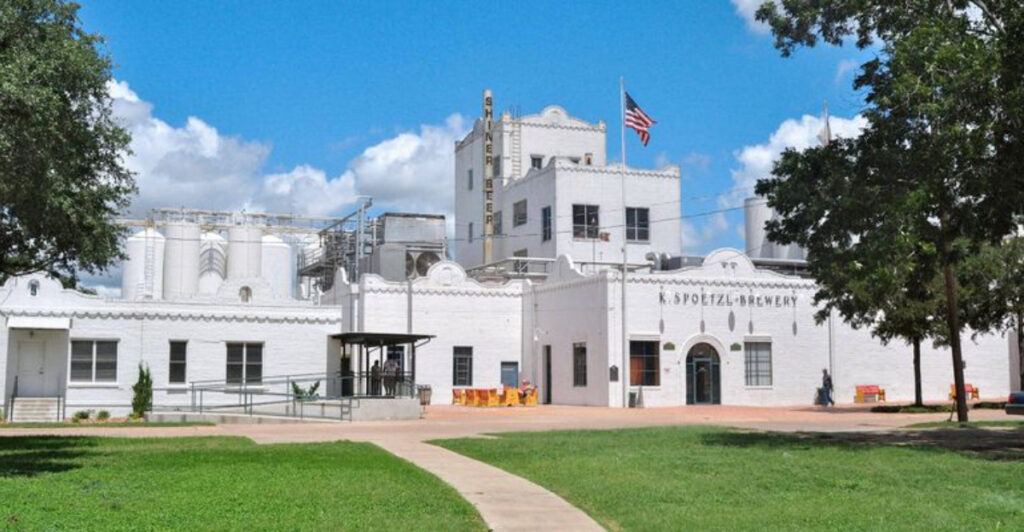American breweries once stood as magnificent cathedrals of craftsmanship, their towering brick walls and ornate architecture telling stories of immigrant dreams and industrial ambition.
Before modern steel tanks and automated production lines, these brewing palaces were filled with wooden barrels, copper kettles, and hardworking artisans who took pride in every batch.
From Milwaukee’s grand beer barons to hidden Prohibition-era operations, these historic photographs reveal a golden age when breweries weren’t just factories – they were the beating hearts of their communities. Step back in time and witness the stunning beauty of America’s brewing heritage.
1. Pabst Brewing Company – Milwaukee’s Brewing Palace (1880s)
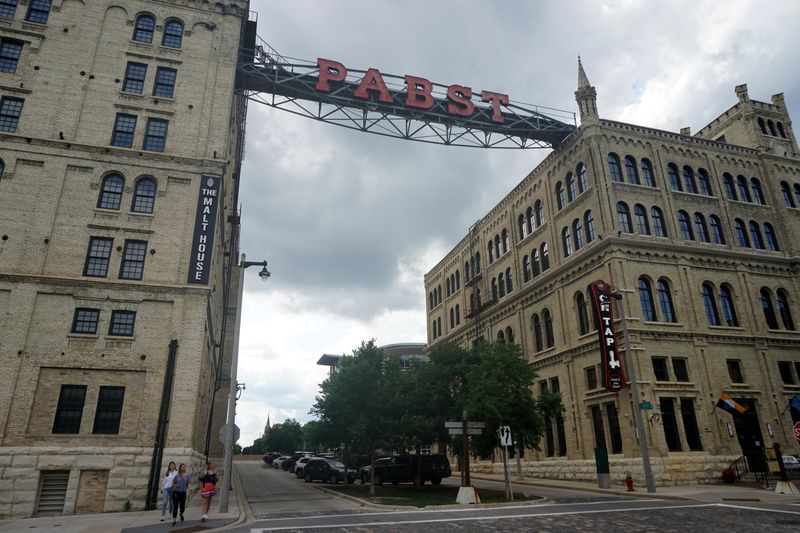
Horse-drawn wagons lined the cobblestone streets while workers in wool caps loaded wooden kegs bound for taverns across the Midwest. The red-brick fortress of Pabst Brewing Company rose like a monument to Milwaukee’s beer empire, its ornate windows catching the morning light.
Captain Frederick Pabst transformed this brewery into an architectural masterpiece that rivaled European castles. Steam billowed from towering chimneys as hundreds of employees moved through corridors lined with hand-carved woodwork and polished brass fixtures.
Every corner of this brewing cathedral whispered stories of craftsmanship and ambition during America’s golden brewing age.
2. Yuengling Brewery – America’s Oldest Brewing Tradition (circa 1900)
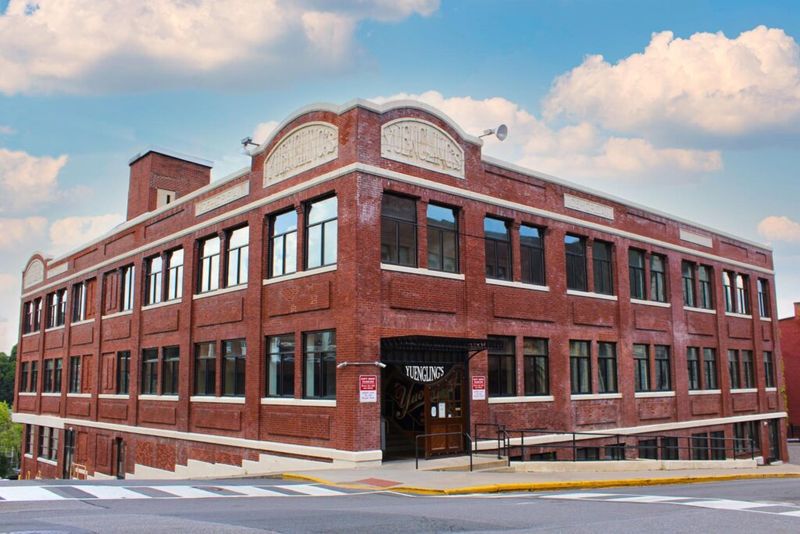
Wooden barrels stretched endlessly across the stone floors while coal-dusted brewmasters tended massive copper kettles that gleamed like ancient treasures. Founded in 1829, Yuengling’s Pottsville facility had weathered decades of change, yet its commitment to quality remained unwavering.
German immigrant David Yuengling built more than a brewery—he created a legacy carved in limestone and sustained by generations of skilled craftsmen. Workers moved with practiced precision through narrow passages filled with the rich aroma of malt and hops.
Every photograph from this era captures the timeless dedication that made Yuengling America’s brewing survivor.
3. Anheuser-Busch Brewery – St. Louis Cathedral of Beer (1905)
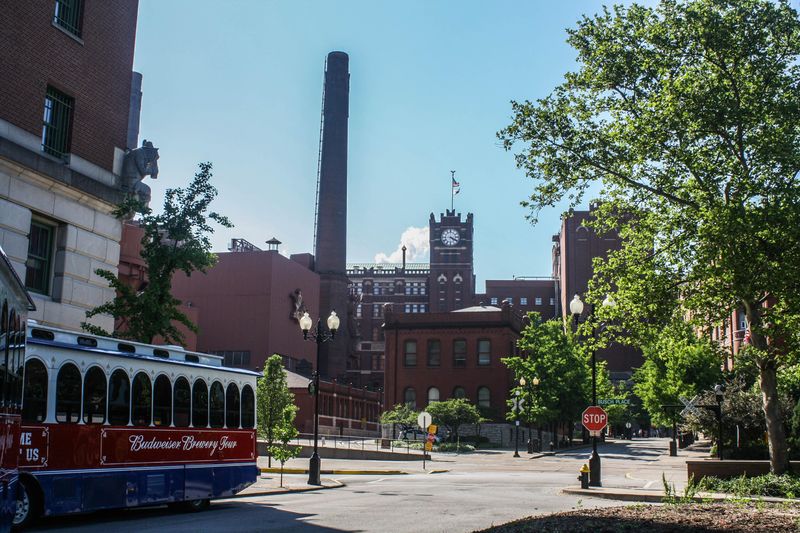
Romanesque towers pierced the St. Louis skyline while hand-laid tile floors reflected the glow of gas lanterns throughout the sprawling brewhouse complex. Adolphus Busch had created something extraordinary—a brewery that looked more like a European cathedral than an American factory.
Red clay brickwork formed intricate patterns across walls that housed the most advanced brewing equipment of the era. Skilled craftsmen worked beneath vaulted ceilings, their movements choreographed by decades of brewing tradition passed down through immigrant communities.
This architectural marvel proved that American brewing could match Old World grandeur while pioneering New World innovation.
4. Schlitz Brewing Company – Milwaukee’s Industrial Marvel (1910s)
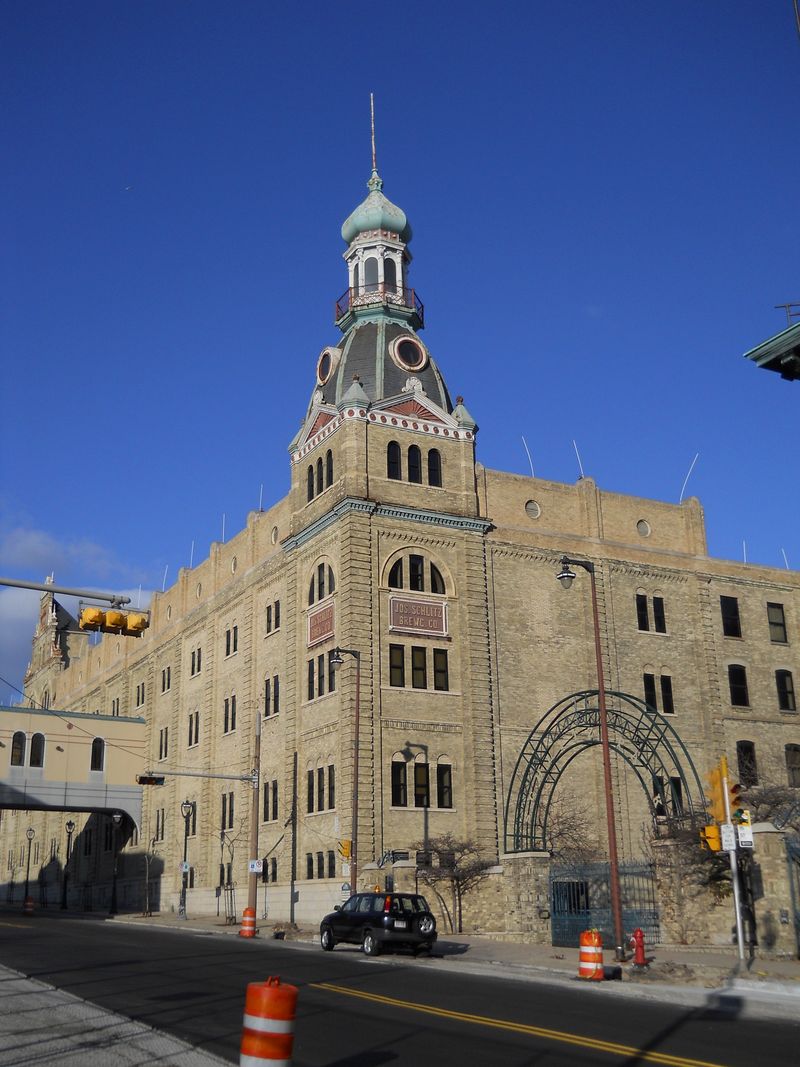
Steam-powered bottling lines hummed with mechanical precision as workers in crisp white aprons guided endless rows of glass bottles through the revolutionary production process. The Schlitz operation represented the dawn of industrial brewing, where craftsmanship met cutting-edge technology.
Sunlight streamed through factory windows, creating rainbow patterns as it struck thousands of bottles moving through the automated system. This Milwaukee powerhouse had embraced mechanization while maintaining the quality standards that made “The Beer That Made Milwaukee Famous” a household phrase.
These rare photographs capture the exact moment when American brewing transformed from artisan craft to industrial powerhouse.
5. Fitger’s Brewing Company – Northland’s Brick Fortress (Early 1900s)
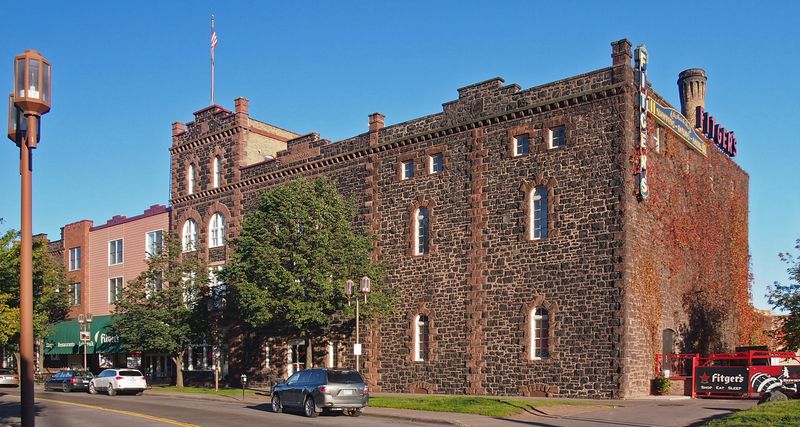
Snow-covered rooftops crowned the sprawling brick complex that dominated Duluth’s skyline, while Lake Superior’s icy waters provided the perfect backdrop for this northland brewing empire. Fitger’s represented the rugged determination of Minnesota’s brewing pioneers.
Towering smokestacks pierced winter skies, sending plumes of steam across a landscape that embodied the industrial might of turn-of-the-century America. The brewery’s fortress-like appearance reflected both the harsh climate it conquered and the strong community it served.
Every photograph from this era showcases how geography and architecture combined to create brewing operations that were uniquely American.
6. Spoetzl Brewery – Texas Immigrant Dreams Realized (1910s)
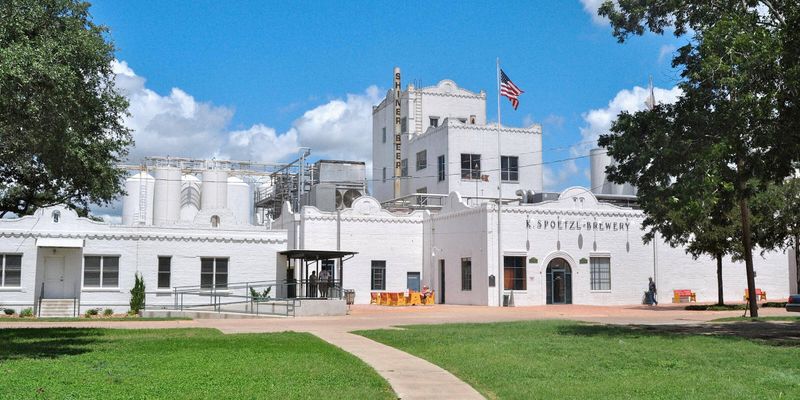
Proud immigrant brewers posed beside early fermentation tanks and wooden bottling tables, their faces reflecting the satisfaction of building something lasting in their adopted homeland. Kosmos Spoetzl had brought Bavarian brewing traditions to the Texas hill country, creating what would become legendary Shiner Beer.
The humble facility couldn’t match Milwaukee’s grand palaces, but it possessed something equally valuable—authentic craftsmanship rooted in Old World knowledge. These German and Czech immigrants understood that great beer required patience, skill, and unwavering dedication to quality.
Their modest beginning would eventually grow into one of Texas’s most beloved brewing success stories.
7. Rheingold Brewery – Brooklyn’s Art Deco Innovation (1930s)
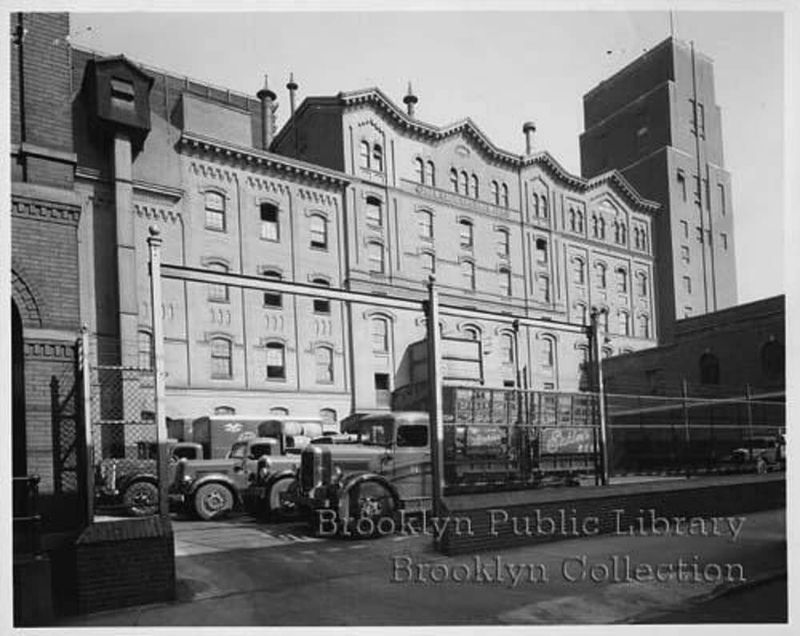
Gleaming steel tanks and chrome piping represented the sleek, modern aesthetic that defined post-Prohibition brewing culture in urban America. Rheingold’s Brooklyn facility embraced the Art Deco movement, creating production spaces that looked more like movie sets than traditional breweries.
Factory-floor efficiency replaced the ornate craftsmanship of earlier eras as America’s breweries modernized to meet growing demand. Clean lines and polished surfaces reflected a new philosophy where form followed function in pursuit of consistent quality.
These photographs document the dramatic transformation of American brewing from Victorian grandeur to streamlined industrial design.
8. Schmidt’s Brewery – Philadelphia’s Distribution Powerhouse (1940s)
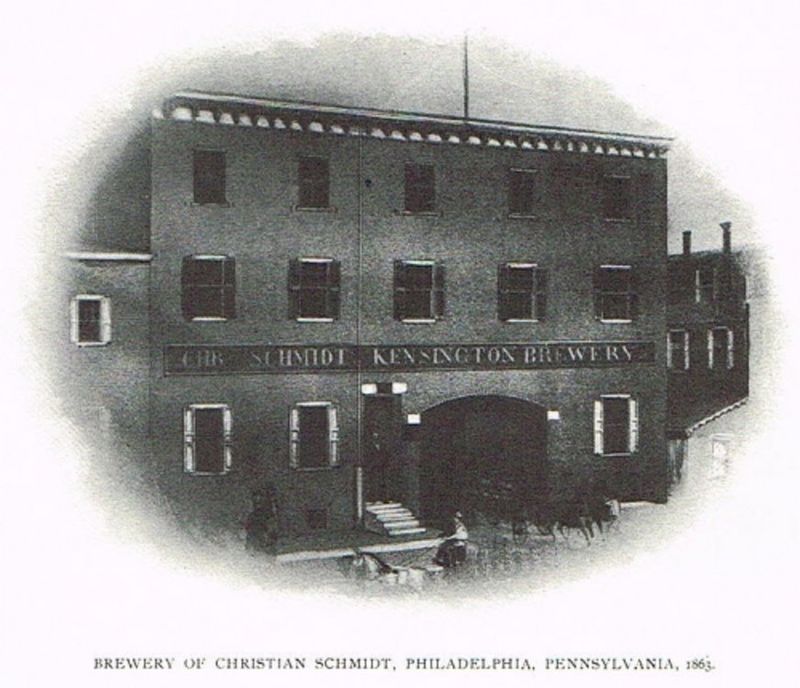
Wooden crates towered toward warehouse ceilings, each one packed with bottles destined for taverns and stores across the Eastern seaboard. Schmidt’s had mastered the art of regional distribution, transforming their Philadelphia facility into a logistics marvel.
Workers navigated narrow aisles between mountains of beer cases, their efficient movements choreographed by decades of experience in moving product from brewery to consumer. The post-war boom created unprecedented demand that required revolutionary approaches to storage and shipping.
This photograph perfectly captures the mid-century hustle when successful breweries became powerhouses of American commerce and community pride.
9. Rainier Brewery – Seattle’s Mountain Castle (1905)
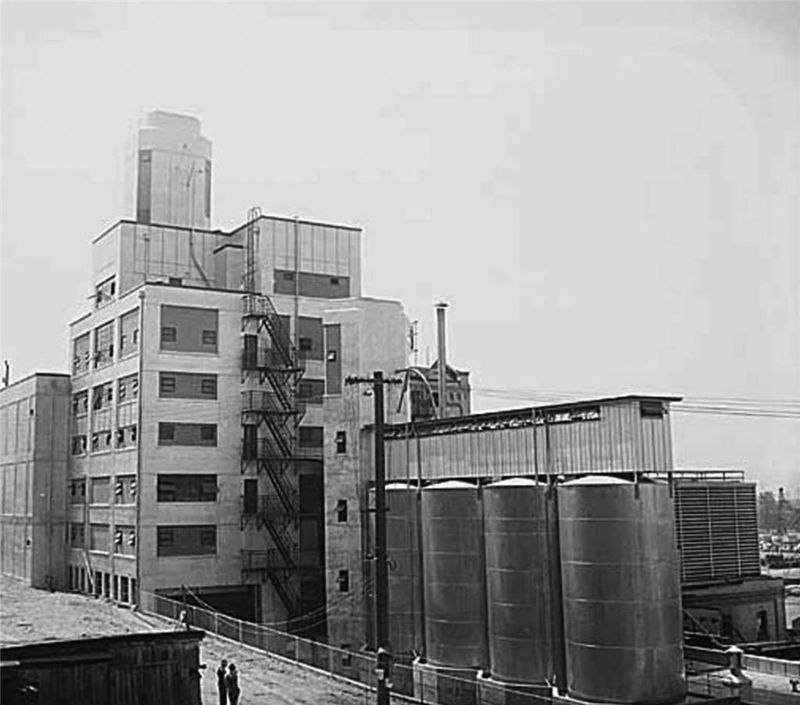
Majestic peaks provided a fairy-tale backdrop for Seattle’s most ambitious brewing venture, where European castle architecture met Pacific Northwest natural beauty. Rainier Brewery’s founders understood that great beer required both stunning location and architectural grandeur.
The fortress-like facade commanded respect from Seattle’s growing population while the mountain setting provided pure water essential for exceptional brewing. Towering turrets and stone walls created an almost mythical appearance that made this brewery a regional landmark.
These remarkable photographs prove that Pacific Northwest brewing possessed a romantic quality that distinguished it from industrial operations elsewhere in America.
10. Lemp Brewery – St. Louis Luxury Lost Forever (1800s)
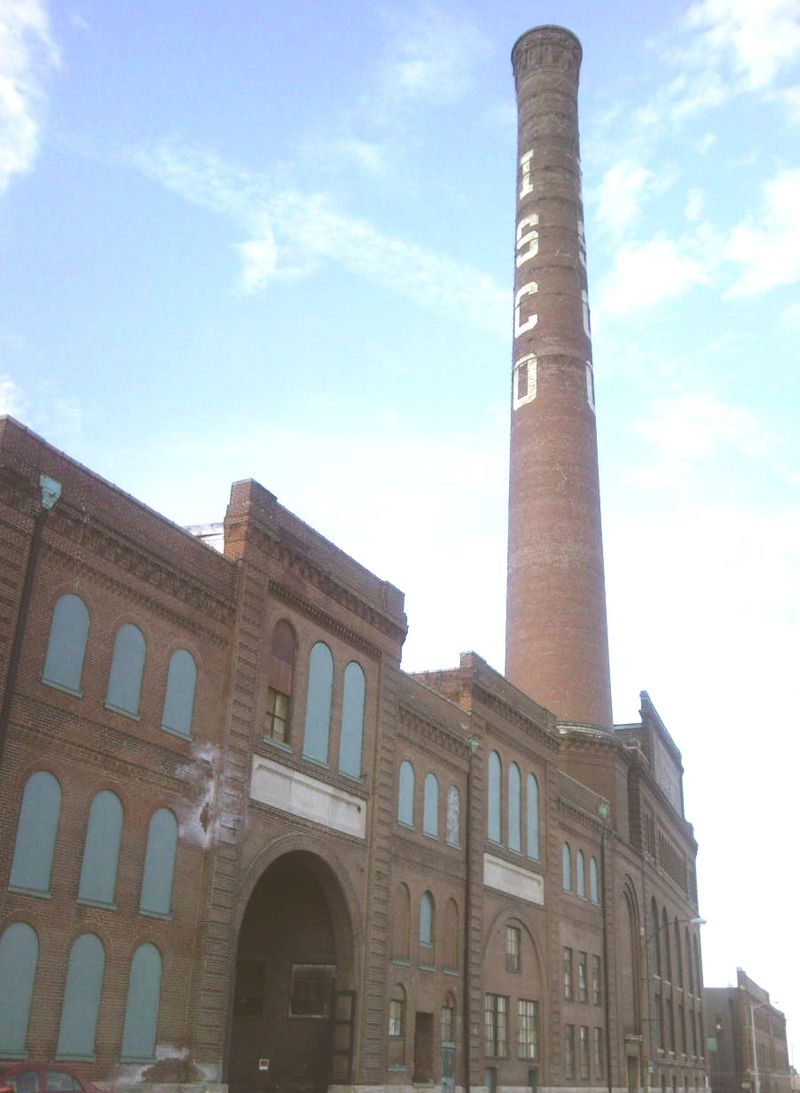
Gas lanterns cast warm light across marble counters while handcrafted woodwork framed elegant tasting rooms that treated beer as fine art rather than simple refreshment. The Lemp family had created a world where brewing met luxury in ways modern America has never recaptured.
Ornate details adorned every surface, from carved ceiling moldings to polished brass fixtures that reflected the family’s commitment to excellence. Visitors entered spaces that rivaled the finest hotels, where beer was served with ceremony befitting its crafted nature.
These precious photographs preserve a lost world where breweries offered experiences that elevated both product and consumer to heights of sophistication.

